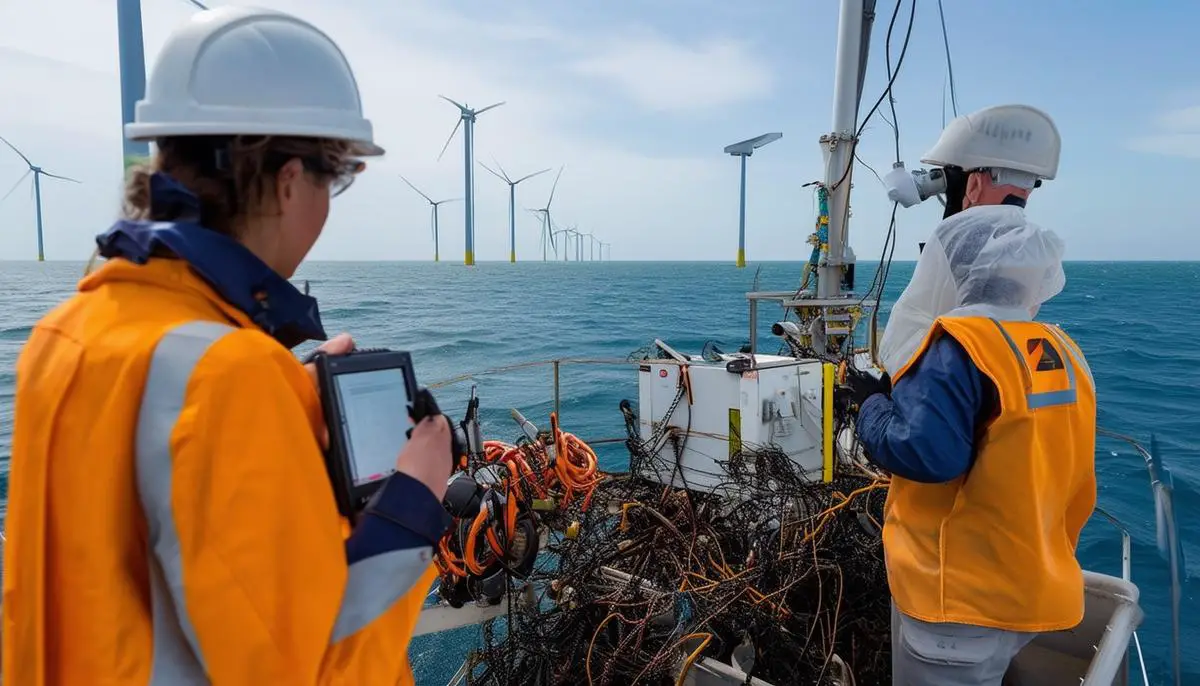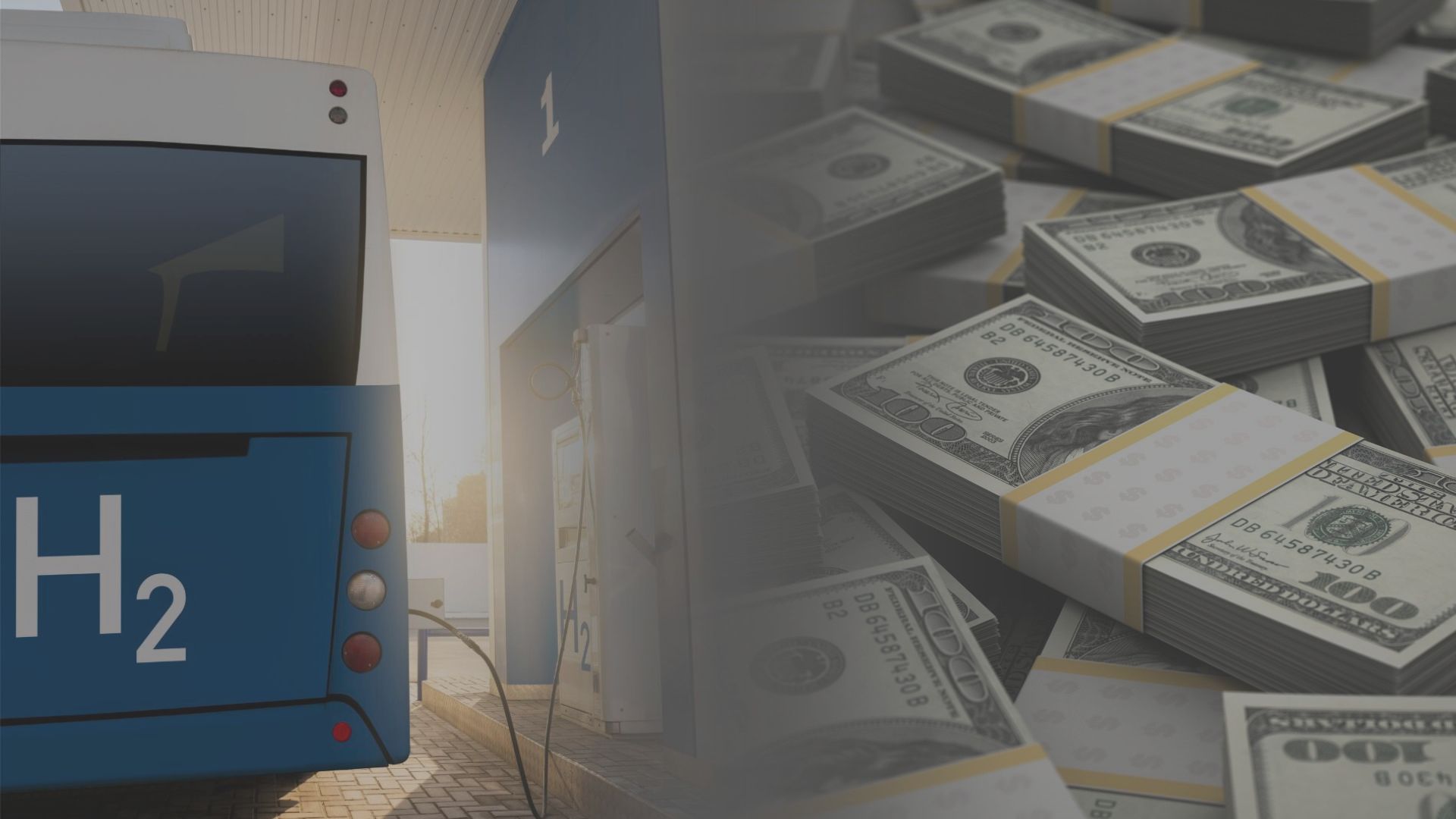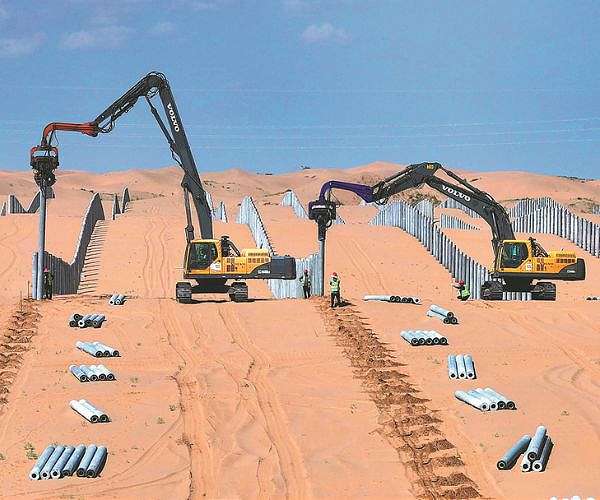
Wind turbines, towering icons of modern engineering, have revolutionized the renewable energy sector with their awe-inspiring capabilities. Imagine these giants standing as tall as a 70-story building, their blades sweeping an area larger than the London Eye, generating enough electricity to power over 16,000 homes each year.
As we delve deeper, we will explore not only how these turbines operate but also how they can synergize with hydrogen production, creating a powerful alliance in the quest for sustainable energy solutions.
Construction and Operation of Wind Towers
Wind turbine towers harness kinetic energy from wind and convert it into electricity through mechanical processes. These towers are typically erected in locations with consistent wind speeds, such as offshore sites. The construction involves careful planning and specific materials to ensure durability and efficiency.
The construction process begins with site selection, often offshore, where wind is strong and consistent. Towers are composed of durable materials like steel to resist corrosion and high winds. Assembly usually involves three sections being combined on-site to form the tower, which supports the nacelle and rotor blades. Tower height is crucial, as wind speeds increase with elevation.
Siemens Shows How Wind Turbines Are Placed in the Ocean
Materials Used in Construction:
- Towers: Typically tubular steel
- Nacelle: Robust materials housing components like gearbox and generator
- Rotor blades: Fiberglass or composite materials, balancing strength and lightweight properties
The operation of wind turbines involves converting wind energy into mechanical power and then electricity. The rotor, comprising blades and hub, is the first point of contact for wind energy. As wind flows across the blades, the difference in air pressure creates lift and drag, causing the rotor to spin.
The rotor’s design is essential for efficient energy capture. Most turbines have three blades to optimize energy capture and minimize structural stress. The lift force, stronger than drag, causes the rotor to spin, initiating energy conversion.
The mechanical energy moves through the low-speed shaft into the gearbox, which increases rotation speed to a level suitable for the generator. This “speed boost” allows the generator to transform mechanical power into electrical energy.
In the generator, copper windings move through a magnetic field, creating an electric current. Some turbines use direct-drive generators, eliminating the need for a gearbox and potentially increasing efficiency and reducing maintenance costs.
Once electricity is generated, it is transmitted from the turbines to shore through underwater cables designed for high-voltage transmission to minimize power loss. The electricity then passes through transformers to adjust voltage levels for distribution to homes and businesses.
The Synergy of Green Hydrogen and Wind Power: A Coastal Advantage
Green hydrogen and wind power together form a powerful alliance, particularly in coastal regions where wind resources are abundant. Wind power can be effectively harnessed to produce green hydrogen through electrolysis—a process that splits water into hydrogen and oxygen, using electricity generated by wind turbines. This combination is especially beneficial near water bodies, where consistent wind patterns and proximity to seawater make the process more efficient.
Case Studies of Successful Projects
Several pioneering projects have demonstrated the effectiveness of combining wind power with green hydrogen production:
-
Hornsea Project in the UK: Located off the Yorkshire coast, the Hornsea Project is one of the largest offshore wind farms in the world. It has been instrumental in powering electrolysis processes to produce green hydrogen, setting a benchmark for sustainable energy solutions. The project exemplifies how large-scale wind farms can supply clean energy for hydrogen production, contributing to the UK’s renewable energy targets.
-
NortH2 Project in the Netherlands: This ambitious initiative aims to create the largest green hydrogen project in Europe. Located in the North Sea, where wind conditions are ideal, the NortH2 project plans to integrate massive wind farms with hydrogen production facilities. By 2030, it envisions generating up to 4 gigawatts of wind energy solely for hydrogen production, highlighting the potential for green hydrogen to play a significant role in energy transition efforts.
Benefits of Wind-Powered Green Hydrogen – Location, Location, Location!
Wind-powered green hydrogen offers significant benefits, especially with the recent advancements in seawater electrolysis. The development of the W-NiFeS/WC electrode enables efficient hydrogen production by tackling issues like anode corrosion and high catalyst costs.
This innovation not only improves the process’s durability and efficiency but also leverages the proximity of water and electricity sources, reducing logistical challenges. By utilizing seawater close to coastal wind farms, the need for transporting freshwater and electricity over long distances is minimized, making hydrogen production more sustainable and cost-effective.
The implications of these advancements are transformative for clean energy. By harnessing wind power, a renewable resource, alongside this cutting-edge electrolysis technology, we can achieve large-scale green hydrogen production with reduced carbon emissions. The short distance between seawater sources and wind-generated electricity ensures a streamlined process, enhancing the viability of hydrogen as a key player in the renewable energy transition.

Wind Energy Technological Innovations and Future Prospects
Recent technological advancements have significantly enhanced the efficiency and functionality of modern wind towers. Key innovations include:
- De-icing technologies: Systems such as embedded heating elements, hot air circulation mechanisms, and mechanical de-icing devices address ice formation on rotor blades, ensuring efficient operation in frigid conditions.
- Sensor-controlled panels: These adjust blade orientation to optimize energy capture based on real-time wind conditions.
- Solar-powered fans: Provide additional cooling to critical components, extending operational lifespan.
- Artificial reef potential: Research explores using wind tower foundations as habitats for marine life, promoting biodiversity alongside energy production.
The future of wind tower technology is promising, with offshore wind farms gaining momentum due to stronger and more consistent wind patterns. Predictions indicate significant growth in global wind energy capacity, potentially establishing wind energy as a cornerstone of the renewable energy market.
Long-term Implications:
- Economic stimulation: Growth in the wind energy sector is likely to create numerous job opportunities in construction, maintenance, and operations.
- Cost reduction: Advancements in turbine technology and increased efficiency could lead to lower production costs, enhancing competitiveness with traditional energy sources.
- Grid stability enhancement: Integration of wind energy with other renewable sources and advanced storage solutions can provide a balanced and reliable energy supply.
In conclusion, the exploration of wind towers’ construction and operation reveals their pivotal role in harnessing renewable energy efficiently. Their towering presence and technological sophistication enable them to capture wind power at unprecedented scales. When paired with the innovative potential of green hydrogen production, particularly along coastal regions, this synergy becomes a formidable force in advancing sustainable energy.
The ongoing technological innovations in wind energy and hydrogen electrolysis promise to further enhance efficiency and reduce costs, paving the way for broader adoption. Looking ahead, the long-term implications of these advancements are profound. By continually investing in innovation and fostering collaboration across sectors, we can accelerate the transition towards a cleaner, more sustainable energy future, ensuring that wind power and green hydrogen remain integral to global energy strategies.







